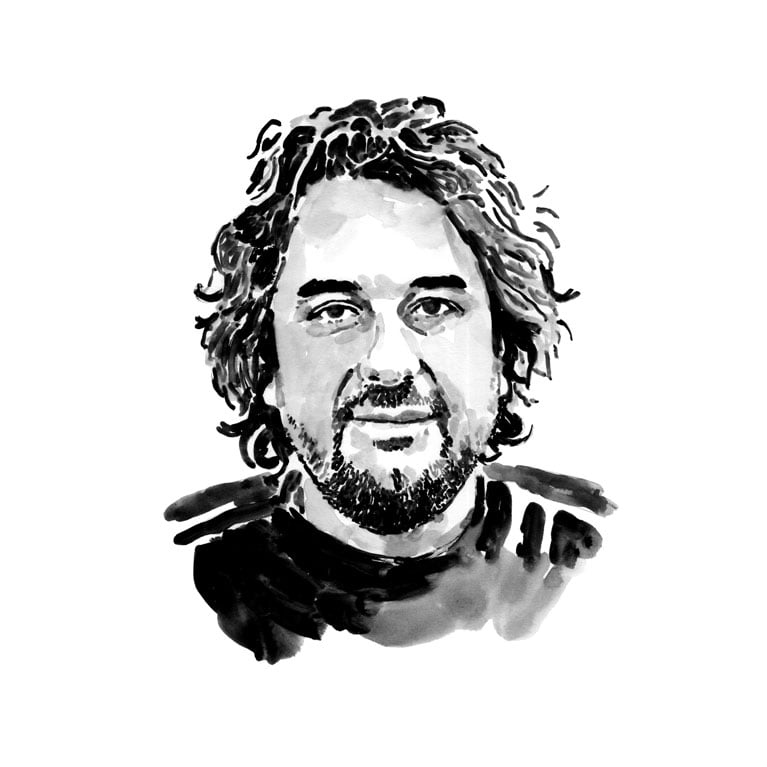İsmet Saygu

Who I am
I am a marine ecologist and citizen of the seas. I was born in Antalya on the Mediterranean coast of Turkey and as a child I thought I must be the luckiest person in the world because living at the seaside is a kind of gift. Diving and watching the behaviour of sea creatures are the most exciting things in the world for me, and to satisfy this curiosity I became a good free-diver and scuba diver. I watched documentaries on television about great white sharks and admired the marine scientists I saw working in front of the cameras. I decided I would definitely be a marine scientist!
My MSc thesis was about rays and skates caught by the demersal trawl fishery and their survival rates in the eastern Mediterranean. My PhD study was an ecosystem-based assessment of the demersal trawl fishery in the eastern Mediterranean using a food web modelling approach. I also have experience as a coordinator and researcher in projects on the conservation of marine species that have been funded by conservation foundations. Overall, my research experience has mostly been on elasmobranchs, ecosystem modelling and management, marine ecology, trawl fisheries, citizen science and species conservation. I worked as a research assistant at the Fisheries Faculty of Cukurova University between 2012 and 2018 and have now been a researcher there since 2018. I also studied and worked at the Scottish Association for Marine Science as a visiting researcher for more than a year to develop ecosystem models for the PhD study.
Where I work
The project is located in the north-eastern Mediterranean along the coast of Turkey between Kalkan/Kaş/Antalya and Meydan/Samandağ/Hatay, a stretch that covers 1,577 kilometres (980 miles) and includes the bays of Antalya, Mersin and Iskenderun. The continental shelf is narrow in most parts of the north-eastern Mediterranean, but at Mersin and Iskenderun bays it is relatively wide. These bays are very productive for demersal fish and crustacean species due to the width of the continental shelf, the type of sea floor and river discharges. The bottom trawl fishing fleet, which constitutes 30% of the Turkish trawl fleet, therefore operates in the area and there is significant concern about overfishing and the high discard rate, which have direct and indirect impacts on the ecosystem as a whole and on its species level. For instance, trawlers have a discard rate of 44% in terms of weight. Elasmobranch species, including guitarfish, make up a significant part of trawl discard. In addition, the ever-increasing migration of Lessepsian species – marine species that move from the Red Sea to the Mediterranean Sea via the Suez Canal – is an important threat, especially in the eastern Mediterranean.
What I do
There are 11 fishing ports that host trawl fishers within our study area. For our project, we visit and conduct interviews with trawl fishers based on structured questionnaires to obtain information from them and convert it into scientific data. We also join commercial trawl operations during the fishing season to collect information and verify fishers’ knowledge. Then we generate conservation solutions based on the combination of survey data and fishers’ knowledge. Organising meetings in the fishing ports is another area of our work; by talking with fishers and listening to their problems we create a reliable communication channel with them, and a sustainable network. After that, we raise awareness about the conservation of guitarfish and other species among the fishers. All these tasks require spending a long time in the fishing ports and on the trawlers. In addition, we distribute informative material such as leaflets and posters to fishing boats, fishery cooperatives, fish markets and sellers, fishery controllers and departments of environmental science at universities, as well as any other stakeholders, to create public awareness about endangered guitarfish. We also organise informative presentations for students in related faculties and institutions and explain why we are trying to conserve guitarfish and how they too can be a part of this process of creating awareness among students – the future custodians of species – about guitarfish.
